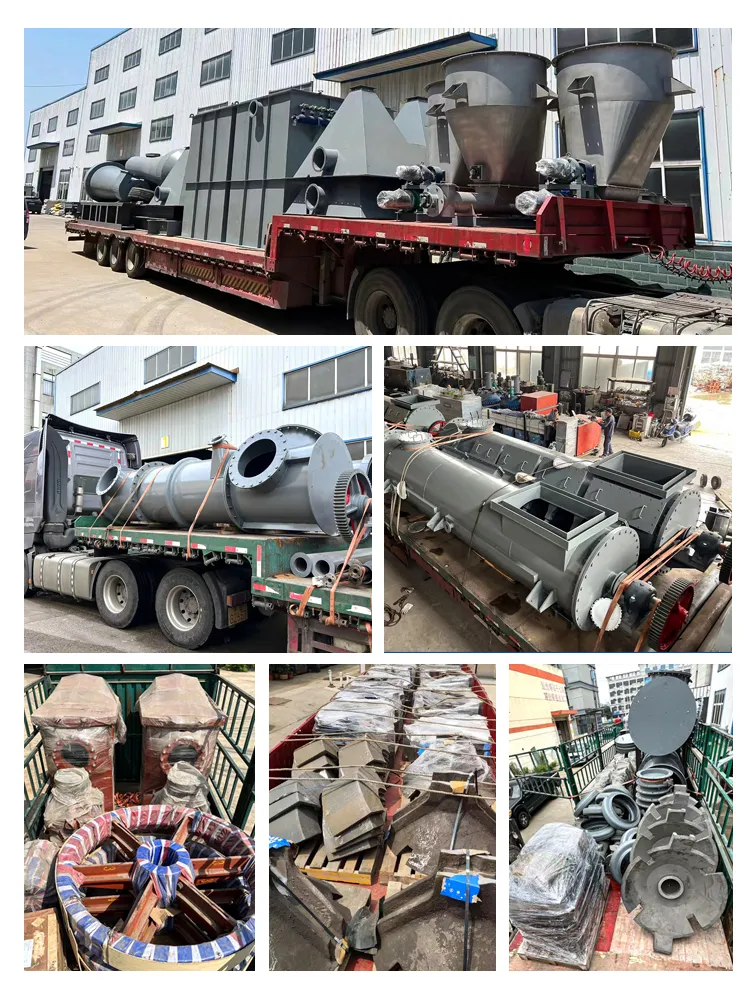Potable & Liquid Water Transport Tanks Durable, Safe Storage Solutions

(water transport tanks)

(water transport tanks)
FAQS on water transport tanks
Q: What materials are commonly used for potable water transport tanks?
A: Potable water transport tanks are typically made from food-grade materials like stainless steel, polyethylene, or coated aluminum. These materials ensure compliance with health and safety standards. They also resist corrosion and contamination.
Q: How do water transport tanks maintain liquid integrity during transit?
A: Water transport tanks use sealed designs, baffle systems, and reinforced walls to minimize sloshing and leaks. Proper venting prevents pressure buildup. Regular inspections ensure structural integrity over time.
Q: What certifications are required for liquid transport tanks carrying potable water?
A: Certifications like NSF/ANSI 61, FDA compliance, or WRAS approvals are essential. These ensure materials and construction meet potable water safety standards. Regional regulations may also dictate specific requirements.
Q: What factors determine the capacity of water transport tanks?
A: Capacity depends on application needs, vehicle size, and weight distribution limits. Tanks range from 500 to 6,000+ gallons. Material strength and transport regulations also influence design choices.
Q: How should liquid transport tanks be cleaned between uses?
A: Use FDA-approved sanitizers and thorough rinsing to remove residues. Avoid abrasive tools that damage surfaces. Follow manufacturer guidelines to maintain material integrity and hygiene.






























